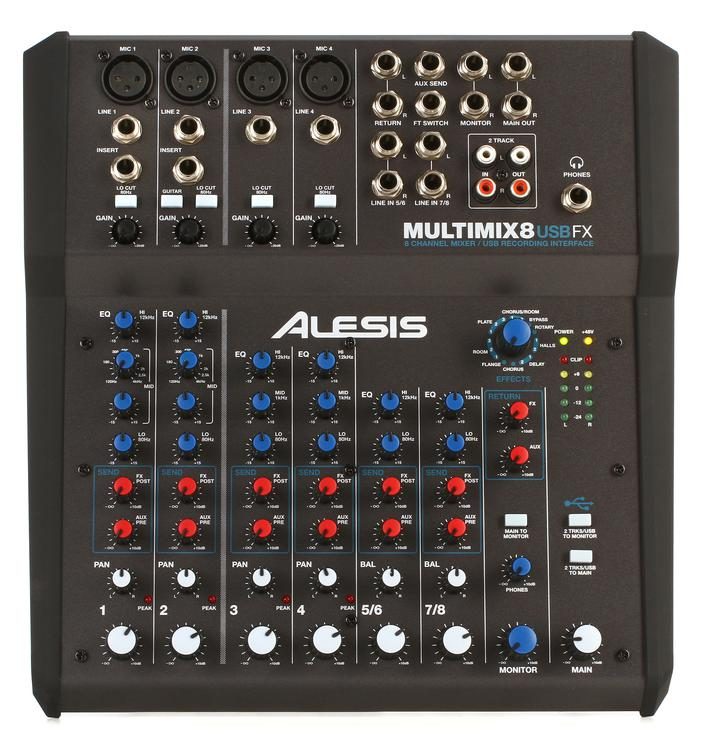Vista Seismic Processing Tutorial Youtube

Seismic Data Processing: How To Install Promax R5000 🛈⏬ Geometrics Seismic Training 2-1 (Processing Seismic Refraction Data) 🛈⏬ Geophysics Seismic Processing Basic Theory / seismic acquisition and data processing using seismic software promax for advanced geosciences in seismic exploration by oil and gas company geophysical services geophysical surveys company / 🛈⏬ Seismic processors are Geophysicists who turn raw seismic (earth vibration) data into a true representation of the subsurface, which helps organizations choose drilling sites for oil and gas reserves. 🛈⏬ This exercise is designed to give hands-on experience with the Visio drawing interface as ProMax uses it, and an introduction to making specifications within ProMax. Special emphasis is given to drawing and modifying blocks, streams, and stream connections.
Cartilha caminho suave antigua pdf. Creating an environment for use within the project is shown. Blocks covered in this exercise include: heat exchangers, compressors, separators, simple distillation columns, and process stream recycles.
Seismic Data Processing-Programe-Vista 7 - Geophysics. Seismic Data Processing This is how I install Promax R5000 Landmark. Promax is a software for seismic.
Analyses covered include: phase diagram analysis (including phase diagram generation and finding critical information for a stream), vapor pressure analysis (including finding the RVP and TVP of a liquid stream), and line sizing analysis. If you have any questions or desire more information feel free to contact us at support@bre.com or call (979) 776-5220 for additional support.
🛈⏬ Yandex School of Data Analysis Conference Machine Learning: Prospects and Applications There are several most frequent challenges in modern seismic explora- tion that demand the use of machine learning techniques: adjusting the forward and inverse filtering parameters during seismic data processing, pattern recognition during geological strata tracking, the data regular- ization problem, fields interpolation during geological interpretation and geological structures classification at the final interpretation stage. Solving these problems involves a great variety of artificial intelligence techniques: different modifications of regression in first-type problems, the kriging method and artificial neural networks and fuzzy logic systems in second- and third-type problems accordingly. The parameters adjusting problem demands the construction of learning sets from the modeled data, then we use iterative routines to realize the learning procedure and try to use the established parameters on real data.
Commonly we use different regression models, especially the power regression technique. Machine learning is more popular in geological interpretation of seismic surveys data. Geological interpretation is an attempt to solve the inverse geophysical problem using all the available a priori information: well-log data, regional geological maps, etc. The a priori information is always insufficient, so the inverse problem is poorly conditioned and so we have to use either geologists’ experience or artificial intelligence.
The main aim of the oil geologist is locating hydrocarbon traps; this problem seems like facial recognition and involves the same kits to solve it, but otherwise, the number of parameters in geological interpretation reaches several hundred. Therefore, the dimension reduction of the feature space also is an actual problem. So, applying machine learning techniques in seismic data processing and interpretation is a modern and actual branch of geology.
🛈⏬ This short video explains -- to a non-seismologist -- the concept of seismic migration. Common Midpoint Stack, which was state of the art until the early 1970's, was able to produce seismic images with good signal-to-noise. However, the seismic events tend to be mis-positioned and cross one another, particularly when there is geologic dip. Migration is the process of correcting these dip and positioning errors as an automatic digital procedure. Only the seismic velocity must be known (which, unfortunately, is no small feat in many areas!). 🛈⏬ January 2012's webinar about Synthethic to Seismic Matching - Well Ties in OpendTect 4.2. 